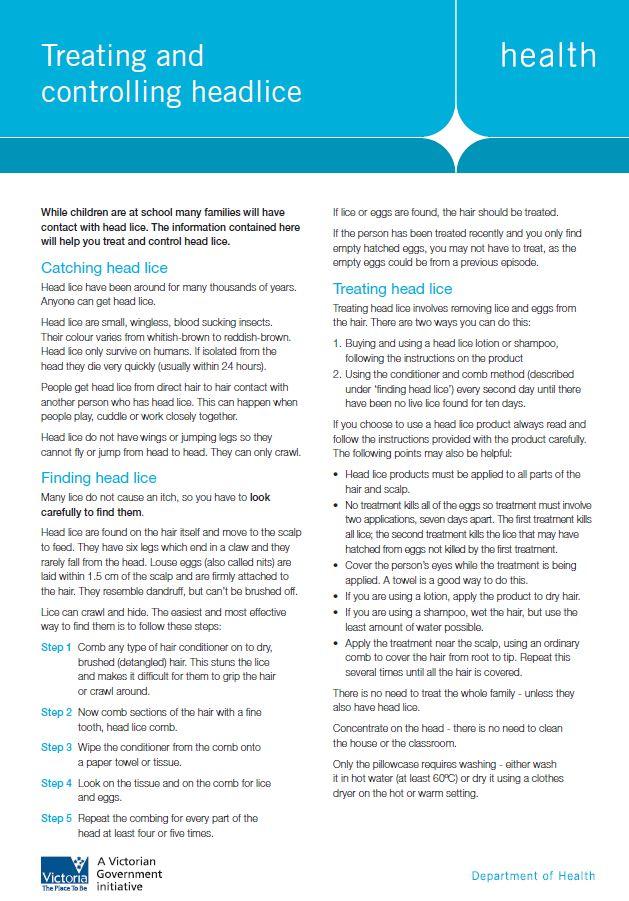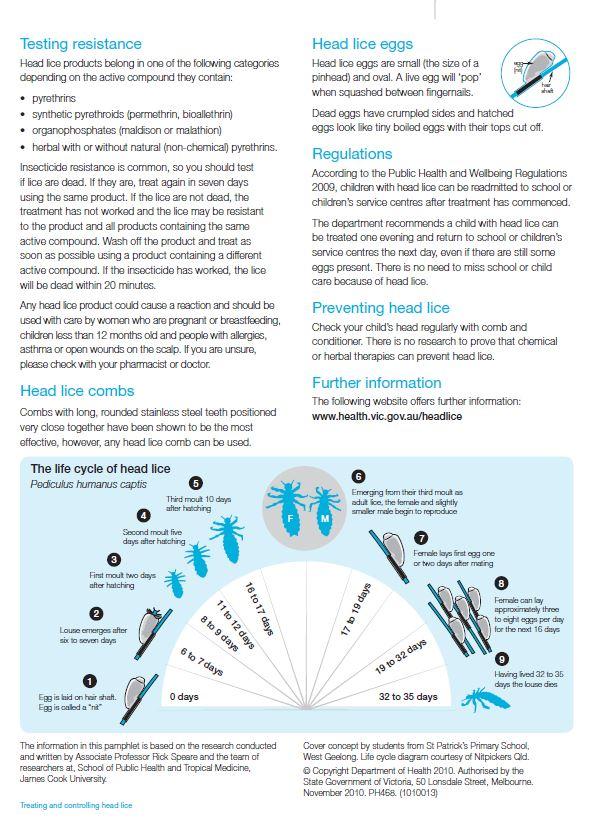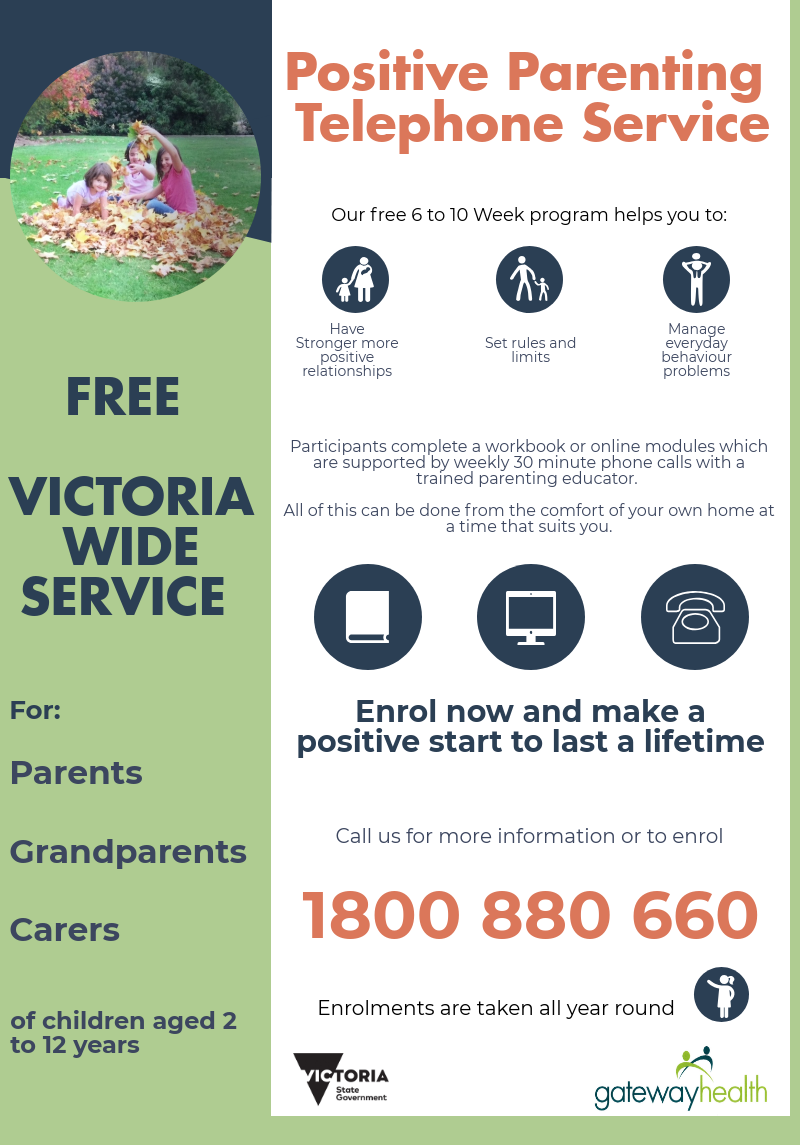Health & Wellbeing

How to give kids feedback for improvement
- POSITIVE PARENTING
By Michael Grose
It can be tempting to allow children to continue to behave badly or to perform chores, homework or sports practice poorly when they argue or resist feedback. Parents need to be part coach, teacher and counsellor so that kids learn how to behave well, develop healthy attitudes to learning and know how to get the best out of themselves. Feedback is one of the most effective tools we have to achieve this. Give it poorly and it will at best be ignored and at worst, rupture relationships and damage self-worth. If you provide feedback effectively, you’ll see improvement in behaviour, attitudes and learning, even among feedback resistant teens.
Here’s how to deliver feedback to make sure it sticks.
Make it specific
It’s absolutely essential to give feedback about one behaviour, skill or attitude at a time, if you want improvement. “Jai, if you make eye contact with your brother when you talk to him, he’s more likely to listen to you.” The feedback needs to be specific rather generalised so that a child or teen knows exactly how to do better. It also needs to be delivered in a non-judgemental way.
Ensure it’s descriptive
“That’s not the way to behave inside” doesn’t help much. “Use your quiet voice when you play inside the house” cues a child into how to behave. Use phrases and terms that have real meaning for kids rather than vague, non-descriptive language such as ‘be a good girl’, so kids not only know what’s expected but they understand how to meet your expectations.
It’s got to be timely
Providing feedback to a toddler half an hour after they’ve thrown a tantrum in public will ensure there’s no impact. On the other hand, providing behavioural feedback when a teenager is angry will ensure one thing – you’ll have an argument on your hands. Feedback needs to be fairly immediate for young children and if possible, provided before an event or activity. “When you set the table put the fork on this side and the knife on the other.” Choose the time and place to provide feedback to older children, remembering that angry tweens and teens generally don’t listen.
Give from a place of calm
Angry parents generally deliver feedback poorly to kids. Regardless of how well you choose your words and how accurate your feedback may be, feedback delivered angrily will prompt the flight/fight response from a child or young person. They will ignore you or start an argument, but they won’t take your message on board when you’re mad at them.
Give sparingly
When children require approval for every scribble, homework problem and picture they draw, it’s probably because they have always been offered feedback on every scribble, homework problem and picture they draw. It’s vital that children develop their own internal sense of validation and honest self-assessment, because as they grow up and face hardship, they need to be able to look to themselves for strength and approval. If they can’t, they will be much more vulnerable to superficial external approval that comes their way in the form of peer pressure, bullying and the usual social jostling. As you wean them off of your feedback, turn their “Mummy, is this picture good?” or “Dad, did I do a good job?” back on them, and ask them how they feel about their work.
Feedback is a wonderful parenting tool that requires attention to detail, sensitivity and a willingness to respect the dignity of the child or young person who is receiving it. It’s also most effective when given sparingly, rather than like a nervous tic, which keeps kids anchored to you for approval.
Michael Grose
Michael Grose, founder of Parenting Ideas, is one of Australia’s leading parenting educators. He’s an award-winning speaker and the author of 12 books for parents including Spoonfed Generation, and the bestselling Why First Borns Rule the World and Last Borns Want to Change It. Michael is a former teacher with 15 years experience, and has 30 years experience in parenting education. He also holds a Master of Educational Studies from Monash University specialising in parenting education.
Head lice
Gastroenteritis (gastro)
Gastroenteritis (gastro) is a bowel infection that causes diarrhoea (runny, watery poo) and sometimes vomiting. The vomiting may settle quickly, but the diarrhoea can last up to 10 days.
Gastro can be caused by many different germs, although the most common cause of gastro is a viral infection. Most children do not need to take any medicine for gastro; however, it is important that they drink plenty of water to avoid becoming dehydrated.
Gastro is spread easily, and is more common and severe in babies and young children. Babies under six months old can become dehydrated very easily and need to be checked by a GP if they have gastro.
Signs and symptoms of gastro
If your child has gastro, they may:
- feel unwell, and not want to eat or drink
- vomit in the first 24 to 48 hours (usually before diarrhoea begins)
- have diarrhoea, which can last up to 10 days
- have some stomach pain
- have a fever.
Care at home
The main treatment is to keep your child drinking fluids often such as water, oral rehydration solution, breastmilk or formula. It is very important to replace the fluids lost due to the vomiting and diarrhoea.
Gastrolyte, HYDRAlyte, Pedialyte and Repalyte are different types of oral rehydration fluid that can be used to replace fluids and body salts. These are the best option if your child is dehydrated. They are also available as icy poles, which children are often happy to have.
If your child refuses water or oral rehydration fluids, try diluted apple juice. Do not give drinks that are high in sugar (e.g. flat lemonade or sports drinks), because they can make dehydration worse. You can give your child their usual milk; however, some children may not feel like drinking milk if they have gastro.
| Infants |
If your baby is under six months old, they should always be seen by a doctor if they have gastro. For babies over six months:
|
| Older children |
|
Do not give your child over-the-counter medicines that reduce vomiting and diarrhoea, as the medicines may be harmful for children.
Children with gastro are infectious, so wash your hands thoroughly after contact with your child, particularly before feeding and after nappy changes. Keep your child away from other children as much as possible until the diarrhoea has stopped.
When to see a doctor
Babies under six months old should always be checked by a GP if they have gastro, because they are at higher risk of dehydration.
Any child with gastro should see a GP if they:
- are vomiting and have diarrhoea, and are not drinking
- have a lot of diarrhoea (eight to 10 watery poos, or two or three large poos per day) or if the diarrhoea is not improving after 10 days
- vomit frequently and seem unable to keep any fluids down
- show signs of dehydration e.g. fewer wet nappies or not going to the toilet much, dark yellow or brown wee, feel lightheaded or dizzy, have dry lips and mouth
- have a bad stomach pain
- have any blood in their poo
- have green vomit
- are making you worried for any other reason.
If your child is very dehydrated and cannot keep any fluids down, they may need to be admitted to hospital to have fluids by a tube through the nose into the stomach (a nasogastric tube) or directly into a vein through a drip (intravenous or IV therapy).
Key points to remember
- Babies under six months old with gastro can become dehydrated very easily and need to be checked by a GP.
- Offer babies a drink every time they vomit. Keep breastfeeding. If bottle feeding, give oral rehydration solution for the first 12 hours.
- Give children small amounts of fluid often.
- Your baby or child is infectious, so regularly wash your hands thoroughly, particularly before feeding and after nappy changes.
- Take your child to the doctor if they are becoming dehydrated, have bad stomach pain or you are worried.
For more information
- Better Health Channel: Gastroenteritis
- Raising Children Network: Gastroenteritis
- Kids Health Info fact sheet: Dehydration
- Kids Health Info fact sheet: Stopping the spread of germs
Common questions our doctors are asked
I’m concerned the fluids I am giving my child is making the diarrhoea worse. Should I give her less to drink?
It is very important for fluids to be given, even if the diarrhoea seems to get worse. It is important to replace the fluids that are lost due to diarrhoea or vomiting to prevent dehydration.
Should I be worried that my child doesn’t want to eat when he has gastro?
When your child first gets gasto they may refuse food to start with. This is not a problem as long as they are drinking fluids. When your child becomes hungry again, give them the food they feel like eating.
Can my child have dairy after a bout of gastro?
Many children become sensitive to dairy following a bout of gastro. You can usually manage this by reducing their dairy intake for a period of three weeks following gastro. If the symptoms persist beyond this, take your child back to your GP.
Impetigo (school sores)
Impetigo (im-pet-eye-go) is an infection of the skin caused by bacteria. It is often called school sores because it is common among school children. Impetigo causes sores on the skin, which are usually itchy. The sores may start out as blisters that burst and become weepy, before being covered with a crust.
Impetigo is not usually a serious infection, and should clear up a few days after starting medical treatment. Children with impetigo are very infectious (contagious), but the spread of impetigo can be reduced by practising good hygiene, covering the sores with dressings and keeping your child away from other children until they are no longer infectious.
Signs and symptoms of impetigo
- The sores can be anywhere on the body, but are often on the face near the mouth and nose, or on the arms and legs.
- Impetigo may start with a blister or a group of blisters.
- The blister bursts leaving a patch of red, wet, weepy skin.
- The sore usually becomes coated with a tan or yellowish crust, making it look like it has been covered with honey.
- There can be small spots around the first sores, spreading outwards.
- There is often superficial peeling on the edge of the sore.
- Impetigo is usually itchy.
Parents sometimes worry about impetigo because it can look quite serious, but it is usually a mild infection that is easy to treat.
When to see a doctor
If your child has signs and symptoms of impetigo, take them to see a GP. The doctor will make sure the sores are impetigo.
Treatment for impetigo
Your doctor may prescribe antibiotic medicine in the form of a cream, ointment, tablets or syrup. Give these to your child as directed, and make sure you complete the course of antibiotics.
If your child gets impetigo repeatedly your doctor may do a nose swab to test for bacteria in the nose. Your child may need antibiotics, which are delivered into the nose, to prevent further instances of impetigo.
Reducing the spread of impetigo
The following strategies may help reduce the chances of your child catching impetigo from another child, or reduce spread of impetigo if your child has it.
- A daily bath or shower with soap and water may reduce the risk of impetigo. Antiseptic soaps can be used, but these may irritate the skin of some people.
- Encourage your child to practise good hygiene, including regular hand washing and throwing away used tissues. Cut your child's fingernails short and keep them clean.
- Make sure that grazes or cuts are thoroughly washed. If your child is scratching a sore, cover it with a watertight dressing.
- People coming in contact with someone with impetigo need to wash their hands regularly.
- Put all dressings from impetigo sores in a bin with a lid as soon as they are taken off.
- If your child has impetigo, wash their clothes, towels and bed linen separately from the rest of the family. Wash them in hot water and dry in the sunshine or a hot tumble dryer. Toys can be washed using a mild disinfectant.
Key points to remember
- Impetigo is very infectious and can be easily spread to other children.
- Try to prevent your child scratching the sores as much as possible. Cover the sores with a watertight dressing and cut your child's fingernails.
- It is important to remove the scabs from the sores.
- Complete all courses of antibiotics as prescribed and continue treatment with creams or ointments until all sores are healed.
- Your child can go back to child care, kindergarten or school after 24 hours of treatment and when the sores are completely covered with dressings.
For further information visit
https://www.rch.org.au/kidsinfo/fact_sheets/Impetigo_school_sores/
Positive Parenting
The Positive Parenting Telephone Service is a telephone-based parent education service for parents, grandparents caring for grandchildren, and careers with children aged 2 to 12 years who may be having parenting difficulties or whose children are at risk of developing significant social and behavioural problems.
The main feature of this program is to provide parent training and assistance through a self-help workbook which will be supported by weekly 30-minute phone calls from a trained Parent Educator over a 6 to 10-week period. This can also be delivered through our online modules.
Appointments are available during the day from Monday to Friday along with Wednesday and Thursday evenings.
This program is funded by The Department of Health and Human Services. Our aim is to increase access to all families including fathers, grandparents, kinship carers and rural families.
Health Reminder
It is important that we all continue to monitor our own and the health of our children daily, during this time. If you or your child develops any symptoms such as a fever, cough, sore throat or shortness of breath:
- Stay at home and do not attend school
- Seek medical advice
- Call the school to let us know of any important outcomes
- If you or your child has a health condition or complex health needs, please discuss this with your medical specialist.
- Information about coronavirus (COVID-19) is available on the DHHS website.
Our school is continuing to promote and implement on a daily basis both Covid-safe behaviours and practices across our school community.
Financial Assistance - CSEF
Every Victorian child should have access to the world of learning opportunities that exist beyond the classroom. The Camps, Sports and Excursions Fund helps ensure that no student will miss out on the opportunity to join their classmates for important, educational and fun activities. It is part of making Victoria the Education State and the Government’s commitment to breaking the link between a student’s background and their outcomes.
School camps provide children with inspiring experiences in the great outdoors. Excursions encourage a deeper understanding of how the world works while sports teach teamwork, discipline and leadership. All are a part of a healthy curriculum.
CSEF is provided by the Victorian Government to assist eligible families to cover the costs of school trips, camps and sporting activities. If you hold a valid means-tested concession card or are a temporary foster parent, you may be eligible for CSEF. A special consideration category also exists for asylum seeker and refugee families. The allowance is paid to the school to use towards expenses relating to camps, excursions or sporting activities for the benefit of your child.
HOW TO APPLY New applicants should contact the school office to obtain a CSEF application form or download from the website below. If you applied for CSEF at your child's school last year, you do not need to complete an application form this year unless there has been a change in your family circumstances. You only need to complete an application form if any of the following changes have occurred:
The annual CSEF amount per student is:
MORE INFORMATION For more information about CSEF visit:https://www.education.vic.gov.au/about/programs/Pages/csef.aspx |
|




